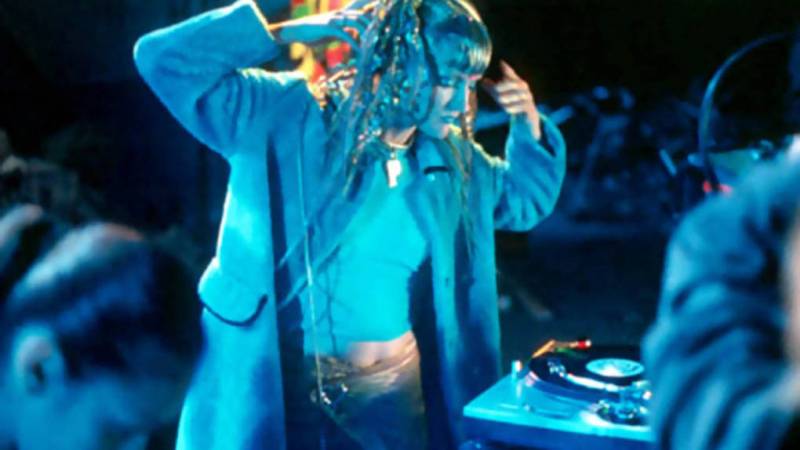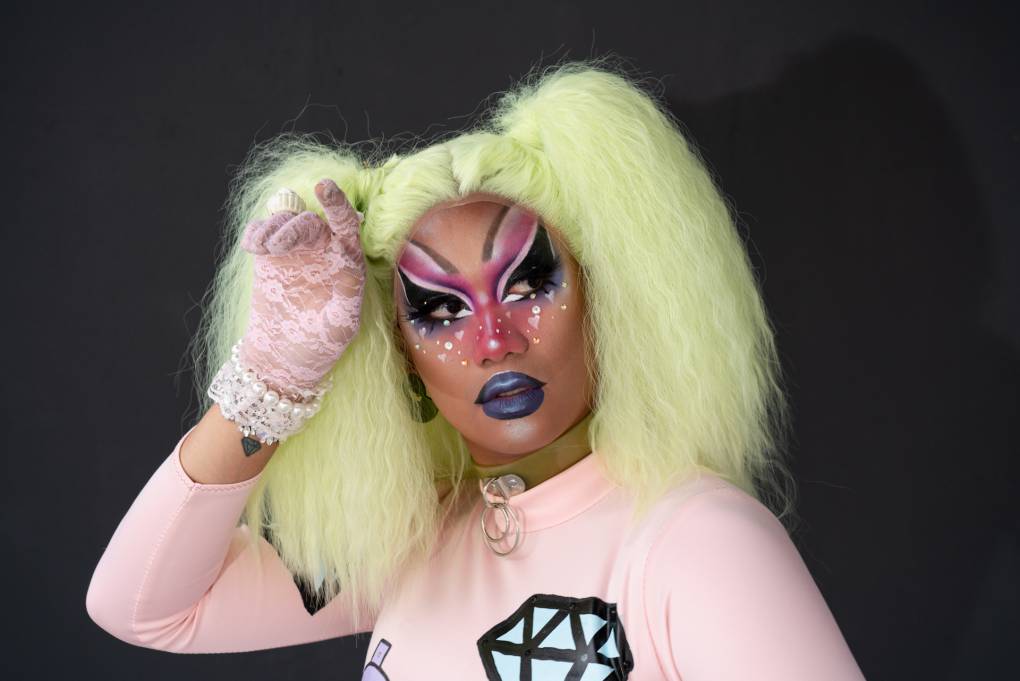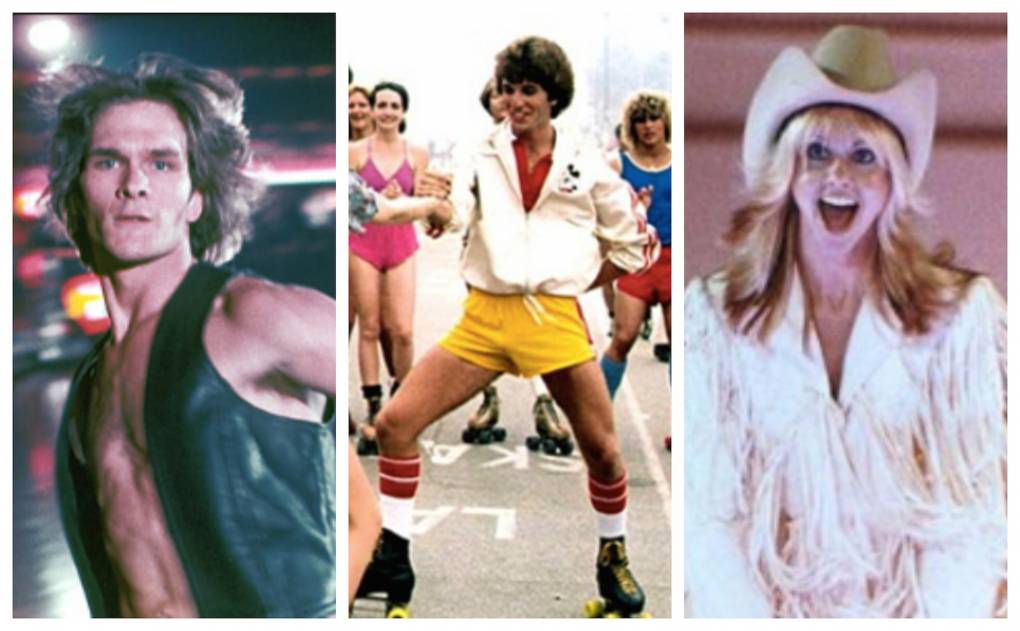Let us now take you back in time to another world. A world where face masks are just kooky accessories and cell phones exist but nobody uses them. A world where Napster has been invented but CD sales are at an all-time high. It’s a post-internet, pre-social media world, which means everyone feels futuristic but still has to leave the house to see other people. And so they do. They crowd into small cars and sweaty rooms and dance their faces off at raves until dawn, unimpeded by selfies, sobriety or—*checks notes*—sheltering in place.
Let’s Time Travel to the ’90s With Rave Movies ‘Go,’ ‘Groove’ and ‘Human Traffic’

How can we transport you back to this land that time forgot, you ask? Via three movies—Groove, Human Traffic and Go. Each of which provides a perfect snapshot of rave culture as the new millennium approached. Back then, dance culture was big enough to be internationally popular but small enough to remain independent and scrappy.
Go was by far the shiniest of the bunch. To start with, Human Traffic, set in working class Wales, and Groove, set in San Francisco’s pre-condo “warehouse district,” are both indies. But they also both offer grittier realities, in which no one would ever confuse aspirin for ecstasy, as green teens do in Go. What all three movies do have in common, however, is a thirst for escapism, a passion for irresponsible behavior and—we mention this up front so you have the option to leave if you wish—a very cavalier attitude towards illegal drug-taking.
That was not unusual for the time. Between 1998 and 2001, dance culture brought with it the first open, mass acceptance of hard drug use since the Summer of Love 30 years before. According to an in-depth 2011 study, ecstasy use during those years “rose sharply [and] doubled among 12th graders, college students, and young adults, and nearly doubled in the lower grades. In 2000 even the 8th graders showed a significant increase in use. Among young adults, the increase in use occurred primarily among those under age 29.”
Human Traffic doesn’t just reflect that period, it actively endorses it. In one scene at the club, a voiceover from protagonist Jip dreamily states: “We forget all the pain and the hurt in life. We want to go somewhere else. All our insecurities have evaporated. We’re in the clouds now. We’re spacemen orbiting the earth. We risk sanity for moments of temporary enlightenment. We embrace an overwhelming feeling of love. We flow in unison. We’re together.”
In another, when a doctor warns that ecstasy use can cause depression, sexual dysfunction and heatstroke, Jip argues: “Statistically you’re more likely to die from choking on a cabbage leaf or an argument in the pub than you are from dropping an E. Alcohol kills 30,000 people a year alone in Britain. But that’s alright because it’s a good taxable drug nonetheless.” At the end of the night, he and best friend Koop talk philosophy over lines of cocaine. Despite all of the drugs he’s taken, no one worries about Jip driving everyone home at sunrise.
Groove was equally unconcerned about driving under the influence, and equally happy to promote ecstasy use. “Pop and beer, they fuck you up,” Cliff, full-time teacher’s assistant and part-time drug dealer, advises. “This enhances you. It heightens your awareness, especially touch. The feeling of connection, openness, honesty. It’s like being a kid…”
Mostly though, Groove focused on the sheer effort and organizational clout it took to throw unlicensed parties back then, as well as emphasizing how worthwhile it all was. The film follows several groups of dance enthusiasts who battle power cuts, unreliable DJs, bad directions, sticker-wielding candy ravers and a cop (played by a pre-fame Nick Offerman) in order to have their party—but party they do, against all odds. (Talk about a mid-pandemic fantasy!)
Success is hard won in Go too—a movie that uses a Christmas rave in L.A. as the backdrop for intertwining tales about three broke teenagers, their obnoxious British co-worker, two gay soap opera actors and a gun-toting ecstasy dealer. The Mary X-Mas dance party is a laser-blasted, blacklit spectacular full of glowsticks, bucket hats, mini backpacks and the kinds of space bun hairdos that disappeared with the last century.
In the end, Human Traffic, Groove and Go all captured lightning in a bottle. Partly because of good timing, partly because they were all made by people who understood the culture they were documenting.
More importantly for us, escapism looms large over all of them. In Human Traffic, for Jip and Nina, clubbing makes selling popcorn and jeans all week a little more bearable. In Groove, when Harmony sees her fiancé making out with a man, she simply goes back to where the DJ is and lets loose. In Go, the only time we see Ronna not stressing about her rent money is when she’s on the Mary X-Mas dance floor. As long as we no longer have the same means to escape our daily realities, it’s a surprisingly good time watching them do it.



